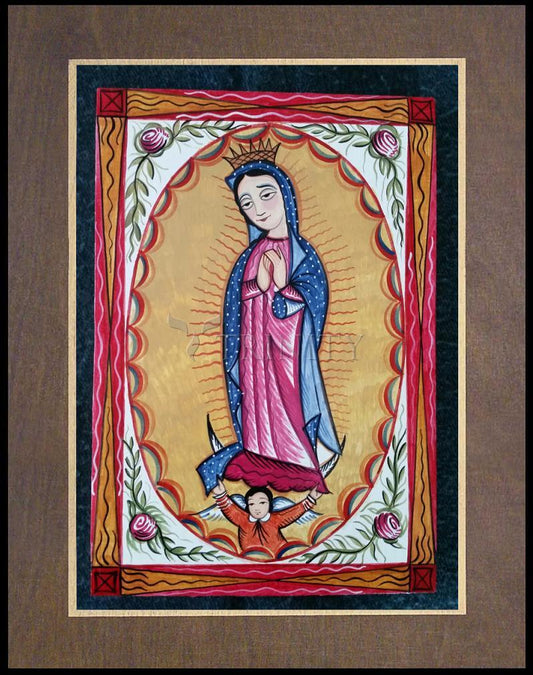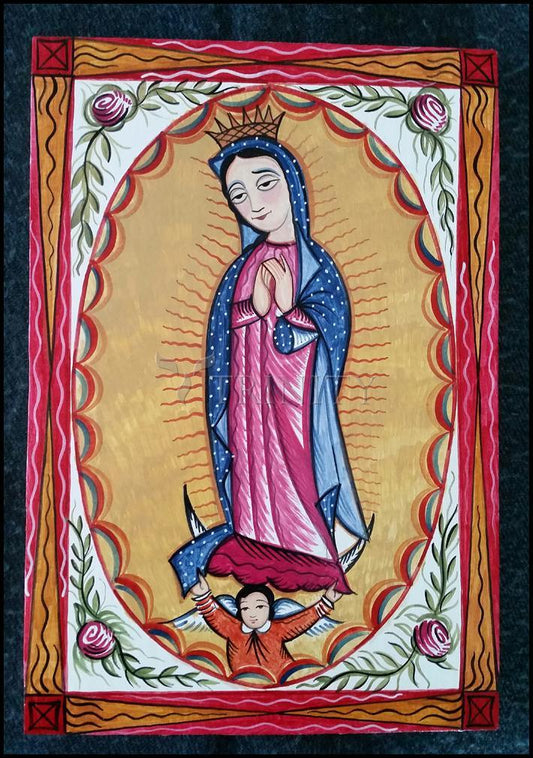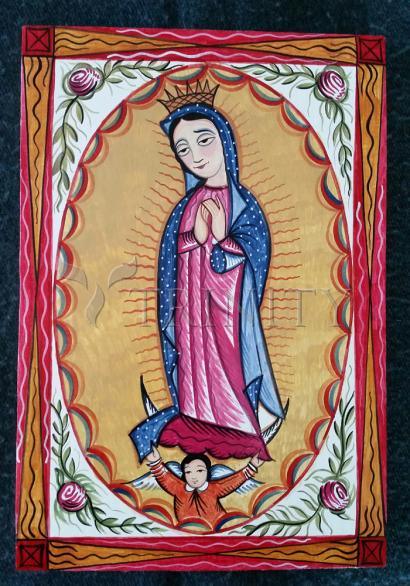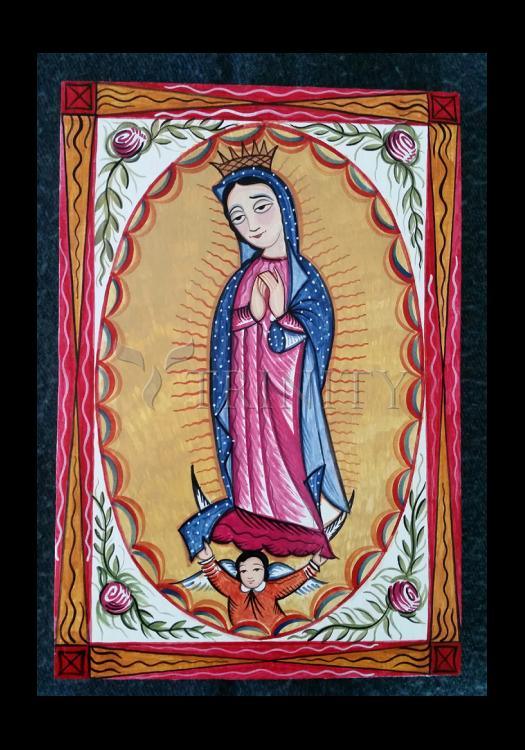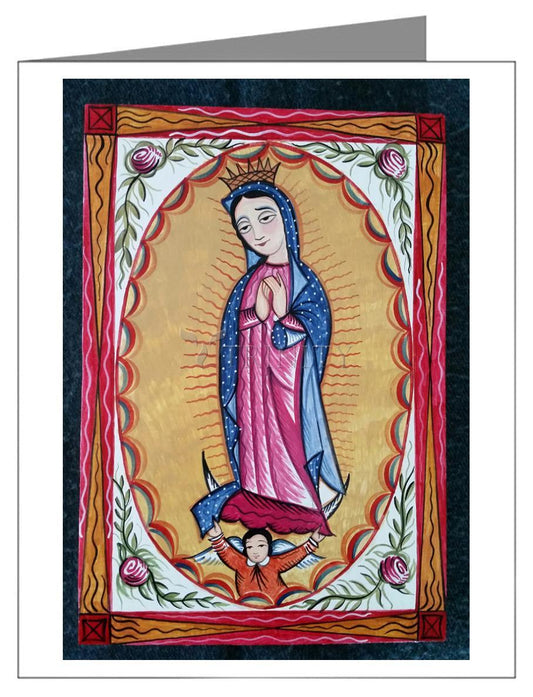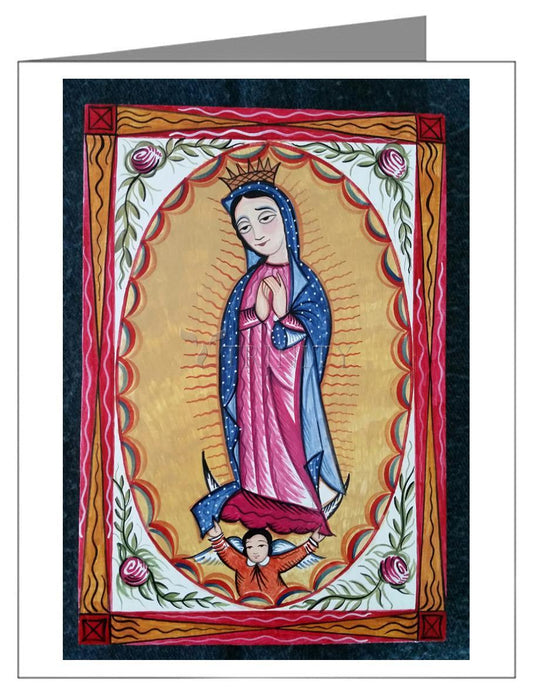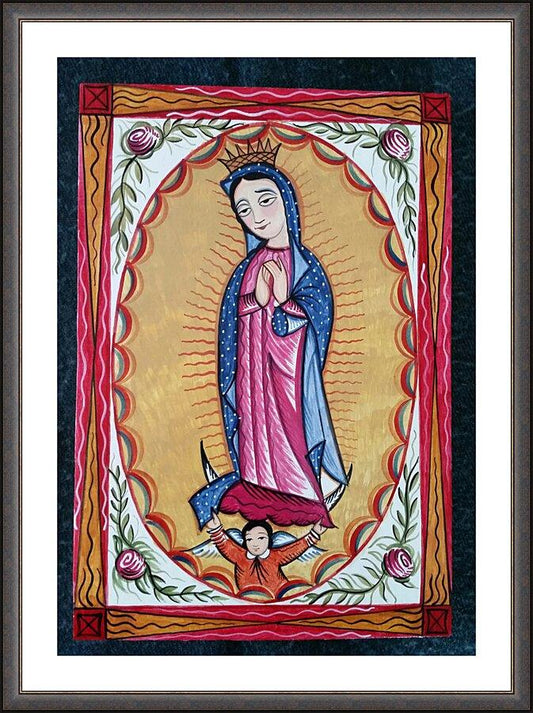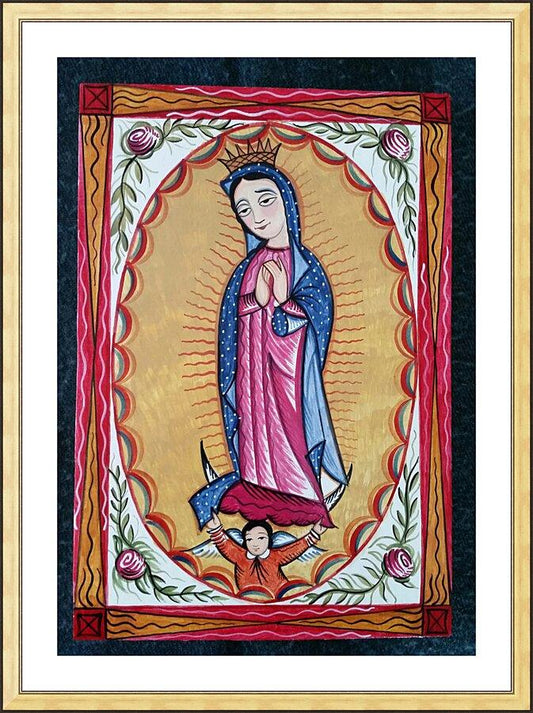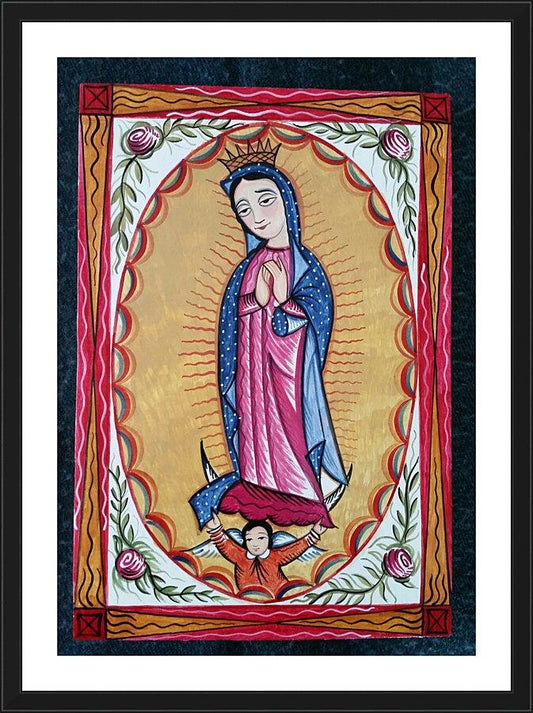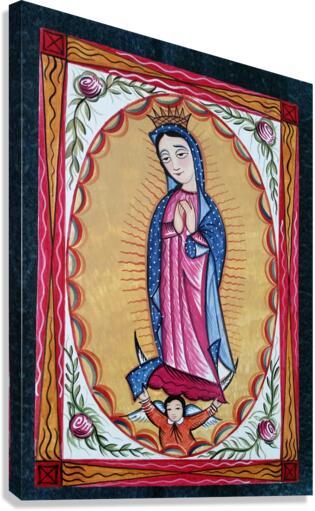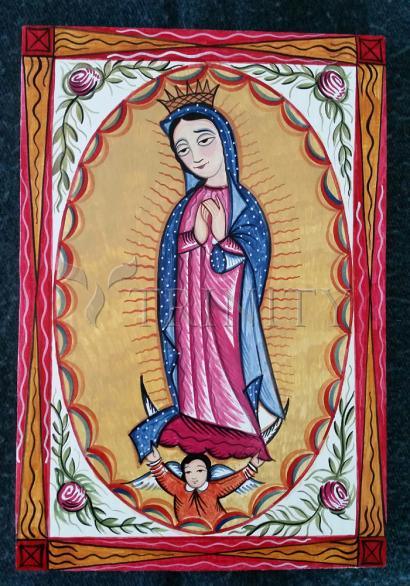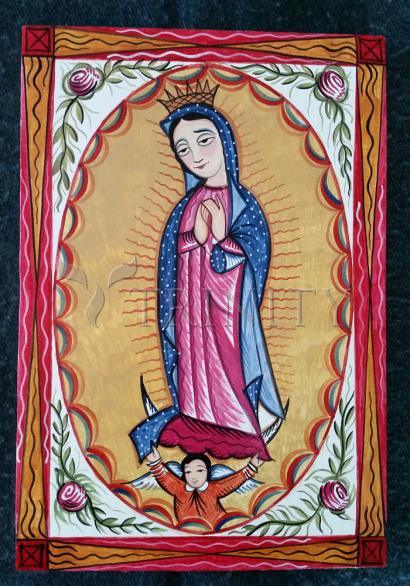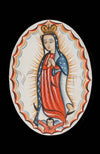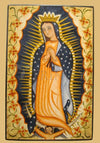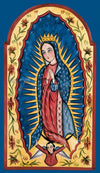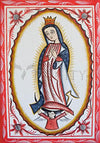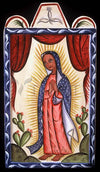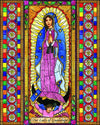Collection: Our Lady of Guadalupe
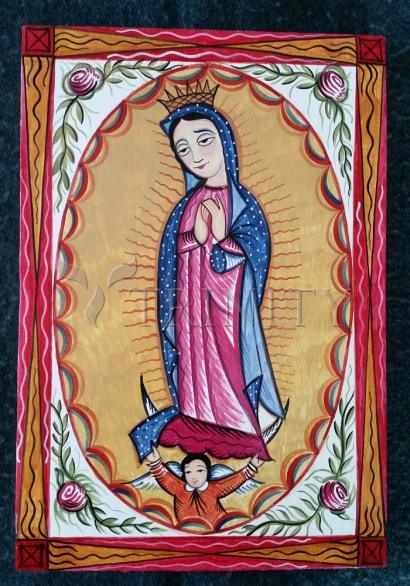
-
Sale
Wood Plaque Premium
Regular price From $99.95 USDRegular priceUnit price per$111.06 USDSale price From $99.95 USDSale -
Sale
Wood Plaque
Regular price From $34.95 USDRegular priceUnit price per$38.83 USDSale price From $34.95 USDSale -
Sale
Giclée Print
Regular price From $19.95 USDRegular priceUnit price per$22.17 USDSale price From $19.95 USDSale -
Custom Text Note Card
Regular price From $300.00 USDRegular priceUnit price per$333.33 USDSale price From $300.00 USDSale -
Sale
Wall Frame Espresso
Regular price From $139.95 USDRegular priceUnit price per$155.50 USDSale price From $139.95 USDSale -
Sale
Wall Frame Gold
Regular price From $139.95 USDRegular priceUnit price per$155.50 USDSale price From $139.95 USDSale -
Sale
Wall Frame Black
Regular price From $139.95 USDRegular priceUnit price per$155.50 USDSale price From $139.95 USDSale -
Sale
Canvas Print
Regular price From $84.95 USDRegular priceUnit price per$94.39 USDSale price From $84.95 USDSale -
Sale
Acrylic Print
Regular price From $114.95 USDRegular priceUnit price per$127.72 USDSale price From $114.95 USDSale -
Sale
Metal Print
Regular price From $114.95 USDRegular priceUnit price per$127.72 USDSale price From $114.95 USDSale
ARTIST: Br. Arturo Olivas, OFS
ARTWORK NARRATIVE:
The feast in honor of Our Lady of Guadalupe goes back to the 16th century. Chronicles of that period tell us the story.
A poor Indian named Cuauhtlatohuac was baptized and given the name Juan Diego. He was a 57-year-old widower and lived in a small village near Mexico City. On Saturday morning, December 9, 1531, he was on his way to a nearby barrio to attend Mass in honor of Our Lady.
He was walking by a hill called Tepeyac when he heard beautiful music like the warbling of birds. A radiant cloud appeared and within it stood a young Native American maiden dressed like an Aztec princess. The lady spoke to him in his own language and sent him to the bishop of Mexico, a Franciscan named Juan de Zumarraga. The bishop was to build a chapel in the place where the lady appeared.
Eventually the bishop told Juan Diego to have the lady give him a sign. About this same time Juan Diego’s uncle became seriously ill. This led poor Diego to try to avoid the lady. The lady found Diego, nevertheless, assured him that his uncle would recover and provided roses for Juan to carry to the bishop in his cape or tilma.
When Juan Diego opened his tilma in the bishop’s presence, the roses fell to the ground and the bishop sank to his knees. On Juan Diego’s tilma appeared an image of Mary exactly as she had appeared at the hill of Tepeyac. It was December 12, 1531.
Her feast day is December 12.
The Virgin of Guadalupe is the patron saint of Mexico. She is depicted with brown skin, an angel and moon at her feet and rays of sunlight that encircle her.
According to tradition, the Virgin Mary appeared to an indigenous man named Juan Diego on Dec. 9, 1531. The Virgin asked that a shrine in her name be built on the spot where she appeared, Tepeyac Hill, which is now in a suburb of Mexico City. Juan Diego told the bishop about the apparition and request, but he didn't believe him and demanded a sign before he would approve construction of the church.
On Dec. 12, the Virgin reappeared to Juan Diego and ordered him to collect roses in his tilmátli, a kind of cloak. Juan took the roses to the bishop and when he opened his cloak, dozens of roses fell to the floor and revealed the image of the Virgen of Guadalupe imprinted on the inside. The tilmátli with the image is on display in the Basilica de Guadalupe.
The appearance of the Virgin of Guadalupe to an indigenous man is said to be one of the forces behind creating the Mexico that we know today: a blend of Spanish and native blood. Her dark skin and the fact that the story of her apparition was told in the indigenous language of Nahuatl and in Spanish are said to have helped convert the indigenous people of Mexico to Christianity at the time of the conquest. She is seen as having a blend of Aztec and Spanish heritage.
Her image has been used throughout Mexican history, not only as a religious icon but also as a sign of patriotism. Miguel Hidalgo used her image when he launched his revolt against the Spanish in 1810. She could be seen on the rebels' banners and their battle cry was “Long Live Our Lady of Guadalupe."
Emiliano Zapata also carried a banner of the Virgen of Guadalupe when he entered Mexico City in 1914.
Pope John Paul II canonized Juan Diego in 2002, making him the first indigenous American saint, and declared Our Lady of Guadalupe the patroness of the Americas.
The day of the Virgen de Guadalupe became a national holiday in Mexico in 1859. Thousands gather each year on Dec. 12 at Mexico City's Basilica of the Virgin of Guadalupe to celebrate the patron saint's birthday. Over 800,000 people gather around the Basilica and bring candles and offerings to honor her. They also sing the famed “Las Mañanitas."

